The close of 2023 caps a year in which Bay Area crime and public safety issues repeatedly surfaced to the top of news cycles and the public consciousness. Some events have been broad in reach and visibility, others primarily local — but with sweeping implications for 2024. Here are some of the highest-profile crime, court and public safety stories we’ll be watching in the new year.
Antioch police corruption
This year saw the conclusion of a sweeping, 18-month investigation into Antioch and Pittsburg police officers that resulted in federal and state charges against 14 current and former department employees.
The worst accusations were leveled against three — Devon Wenger, Morteza Amiri, Eric Rombough — who were charged with civil rights violations via the use of dogs and less-than-lethal weapons.
The investigation began with tips that several officers were fraudulently obtaining college degrees to receive incentive pay from both cities. When FBI agents seized Antioch officers’ phone numbers they found racist, homophobic and sexist text messages aimed at colleagues and civilians. That led to an administrative investigation implicating dozens of officers, which is set to end in March.
One officer, Tim Manly Williams, has pleaded no contest to charges in Contra Costa County alleging that he and other officers conspired to make traffic tickets go away in exchange for bottles of tequila. The other 13 officers are still fighting their charges.
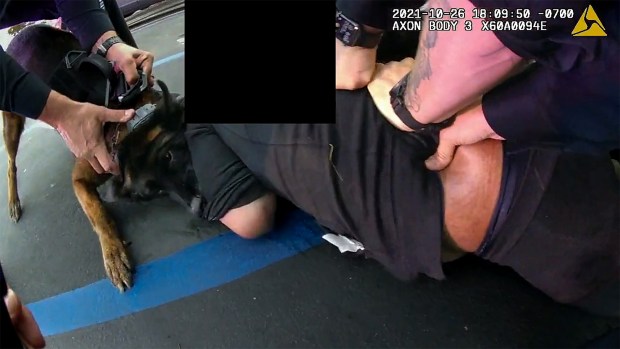
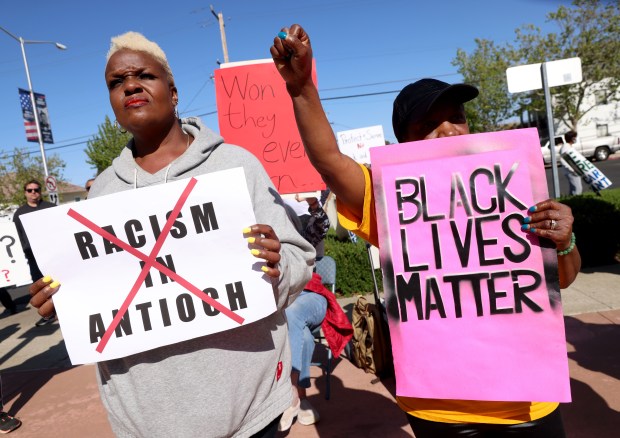
Oakland crime and the search for a new chief
While crime continues to be a top issue in the city of Oakland, numerous actions by the city’s leaders increased the city’s turmoil in 2023. Will the community get relief from persistent violence and theft in 2024?
The year began with Chief LeRonne Armstrong atop the city’s police department — the department’s ninth chief or interim chief since the departure of Howard Jordan in 2013. But in February, only a few days after his second anniversary in the job, Armstrong was fired by Mayor Sheng Thao, for allegedly mishandling two officer discipline cases. He has sued and won an arbitrator’s ruling, but the mayor has rejected calls to rehire him.
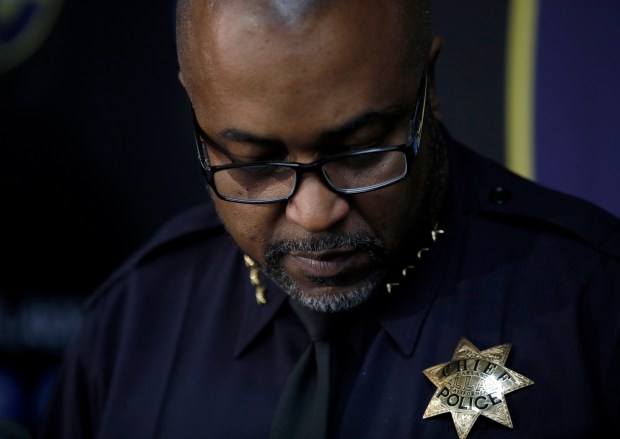
The city has spent the year since searching for the department’s next chief, with the civilian police commission recently sending three finalists’ names to the mayor. Those were rejected.
City workers were also blamed for their failure to submit on time a grant application that would have given the city millions of state dollars to combat organized retail theft and other crime issues. The city was also criticized for its slow efforts to hire 911 dispatchers — with applications piling up for months at the human resources department while residents reported lengthy delays when they called for emergency help.
The city’s woes continued, with many crimes surging over 2022 levels, including violent crime up more than 20%. Residents and merchants have been clamoring for months for stronger measures to ensure safety on the streets.
The increasing visibility of ghost guns
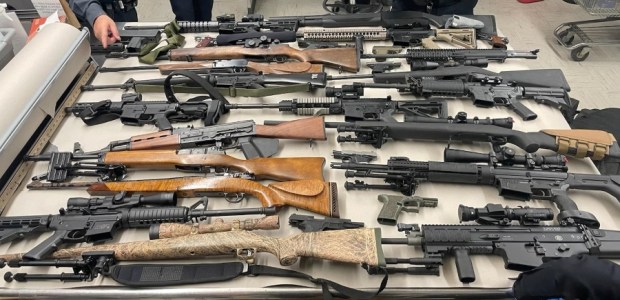
The past year saw an increasing use of “ghost guns” — firearms that lack serial numbers, often built from parts ordered separately. The weapons are more difficult for investigators to trace. The weapons’ unregistered nature also makes them attractive for purchase by people who are legally barred from owning guns and generally make it easier to evade California’s gun laws.
In San Jose alone, the number of seizures of privately made firearms has ballooned over a five-year period. Though the 2023 tally is not yet compiled, San Jose police Capt. Jason Dwyer said he expected that the trend — from 45 ghost gun seizures in 2018 to 323 in 2022 — would continue.
Detectives can sometimes determine that a privately made firearm was used when examining the ballistic remains at a crime scene, Dwyer said, but that can only be done after a crime is committed.
In 2024, law enforcement agencies across the Bay Area and the state likely will continue to make ghost guns a greater priority. SJPD’s G.H.O.S.T. unit was established in 2023 in an effort to suppress illegal gun possession and manufacturing and trace ghost guns back to their source.
The SJPD racist text scandal
The San Jose Police Department is still reeling from an ugly scandal that surfaced in November, involving former officer Mark McNamara, who resigned after internal affairs investigators uncovered a trove of racist texts that he sent to another active officer and a former officer. The texts, in which McNamara viciously insults a Black man he severely injured in a shooting last year — as well as the wounded man’s legal team — were discovered during an unrelated criminal misconduct investigation that did not yield any charges.
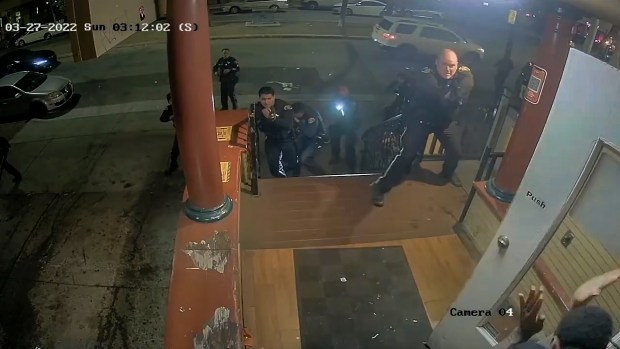
McNamara has been put on track for state decertification that would prevent him from becoming a police officer elsewhere in California. Meanwhile, several civic leaders called for Police Chief Anthony Mata and the department to reveal who McNamara was messaging, given that their potential racial animus could affect the credibility of criminal charges based on those officers’ past arrests. The chief has advocated for changing state law that would loosen the restrictions of disclosure in high-profile misconduct cases.
The county Public Defender’s Office has said that it is examining criminal cases in which McNamara served as a central witness and wants to do the same for the other people involved in the text message chain.
The fallout will surely continue if the names of the other officers are publicized. There is some precedent: In the aforementioned Antioch scandal, identities surfaced through court discovery procedures. Time will tell if the same happens in San Jose.
Turning to electronic eyes to drive down roadway deaths
As San Jose was experiencing a record-high total of traffic deaths in 2022, a pilot program was instituted to install an automated license-plate reading camera at the intersection of Monterey Road and Curtner Avenue, which has historically seen a high number of pedestrian fatalities.

In 2023, the city saw an elevated number of roadway deaths — 48 as of the publication of this story — but nothing approaching the previous year’s record. Still, the city pushed ahead with a plan to add 33 speed-watching cameras across the city, with the aim of driving down collisions at the city’s most dangerous intersections.
The new camera array comes by way of a law signed by Gov. Gavin Newsom in October to test-run the effectiveness of technology on deterring driver speeding, with San Jose and Oakland being among the cities selected for the initial rollout.
There are some privacy backstops: The cameras will be allowed to run through 2032, at which point the program will be evaluated before any of the systems can be renewed. Data retention will be limited to five days, though that span grows to 60 days in the case of a speeding violation being issued.
It might be more than a year before the cameras are in place and several more years before enough data is collected to gauge their impact. But in Northern California’s largest city, where lengthy expressways and highways criss-cross the city and can abruptly introduce freeway speeds to surface streets, the pilot could provide long-needed relief.
Santa Rita Jail reforms
Alameda County Sheriff Yesenia Sanchez took office in 2023 riding a wave of momentum having scored a stunning political upset of a four-term incumbent with a campaign aimed at reforming the county’s long-troubled Santa Rita Jail. With her first year in office coming to a close, the pressure is on Sanchez to better implement the reforms that outside experts say are needed to make the jail a safe place for people suffering from mental illness.
Despite a wave of changes at the jail over the last year, progress on implementing reforms appears to have slowed in recent months, according to attorney Amy Xu, who is helping to oversee a court-monitored consent decree that requires the sheriff’s office to hit certain benchmarks in reforming the jail after numerous people sued the county complaining of deeply inadequate mental health care.
Sanchez’s tenure in office “has not come with the kind of radical transparency or progress that I might have hoped for,” Xu said.


Among the concerns are the amount of time that inmates are allowed to spend outside of their cells every week. The consent decree required the jail’s leaders to increase those hours — particularly among people sent to “administrative segregation,” also known as solitary confinement. The delay of progress in that area threatens to overshadow several gains made at the jail over the last year, including the creation of some policies aimed at preventing inmate suicides.
“Our overall takeaway is that if you looked back at how things were before the consent decree, we think the jail has made a lot of improvements,” Xu said. “But we’re also frustrated, because a lot of the deadlines required in the consent decree, and a lot of the changes they’re supposed to have made by now, haven’t fully gone into effect.”
Decreasing the intersection of mental health and police response
Advocates for mentally ill and unhoused people in San Jose have long complained about how those populations are the subject of over-policing and, by extension, inordinate force from police officers.
That contention was borne out in a sweeping, two-year investigation by the Bay Area News Group, KQED and the California Reporting Project published in October that examined a decade of use-of-force records from San Jose police and concluded that people who are mentally impaired — either by psychiatric illness or intoxication — accounted for nearly three-quarters of serious use-of-force incidents and 80 percent of police killings.
The investigation also highlighted broad trends of police encountering people exhibiting erratic behavior, without threats of violence, ending up experiencing serious force and injury.

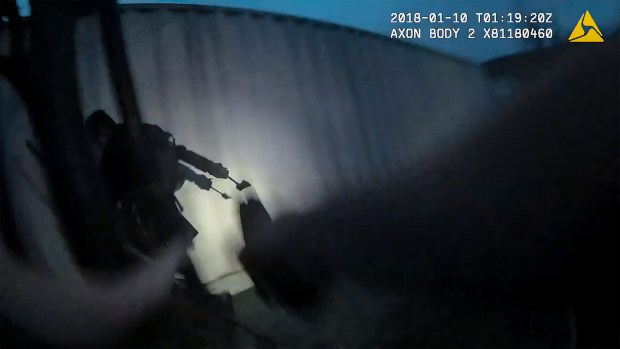
The police department has defended its practices. Still, community groups and, now, Santa Clara County, are looking to expand residents’ access to non-police response programs for people experiencing mental health emergencies. Among them is the Trusted Response Urgent Support Team, or TRUST. The program dispatches four teams — for each quadrant of the county — consisting of a behavioral health professional, a medic and a community member with “lived” experience to provide peer support.
The Board of Supervisors in December approved a referral that would figure out the logistics of establishing a direct contact line for TRUST to help people in distress get help without having to navigate through other dispatch and triage systems.
A report on the direct line’s implementation is due at the end of February, and momentum for further expanding resources for civilian response programs looks to grow in 2024.
Source: www.mercurynews.com
